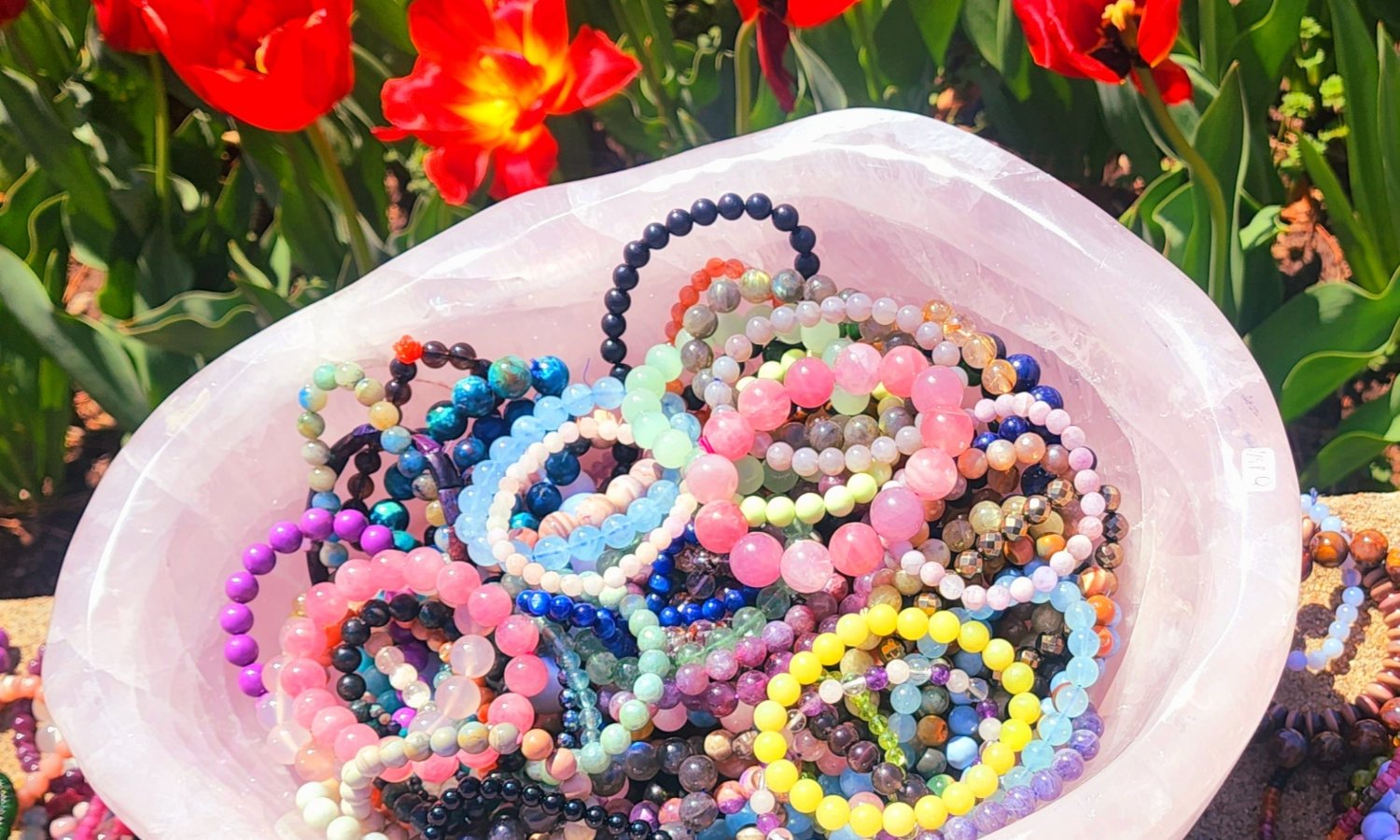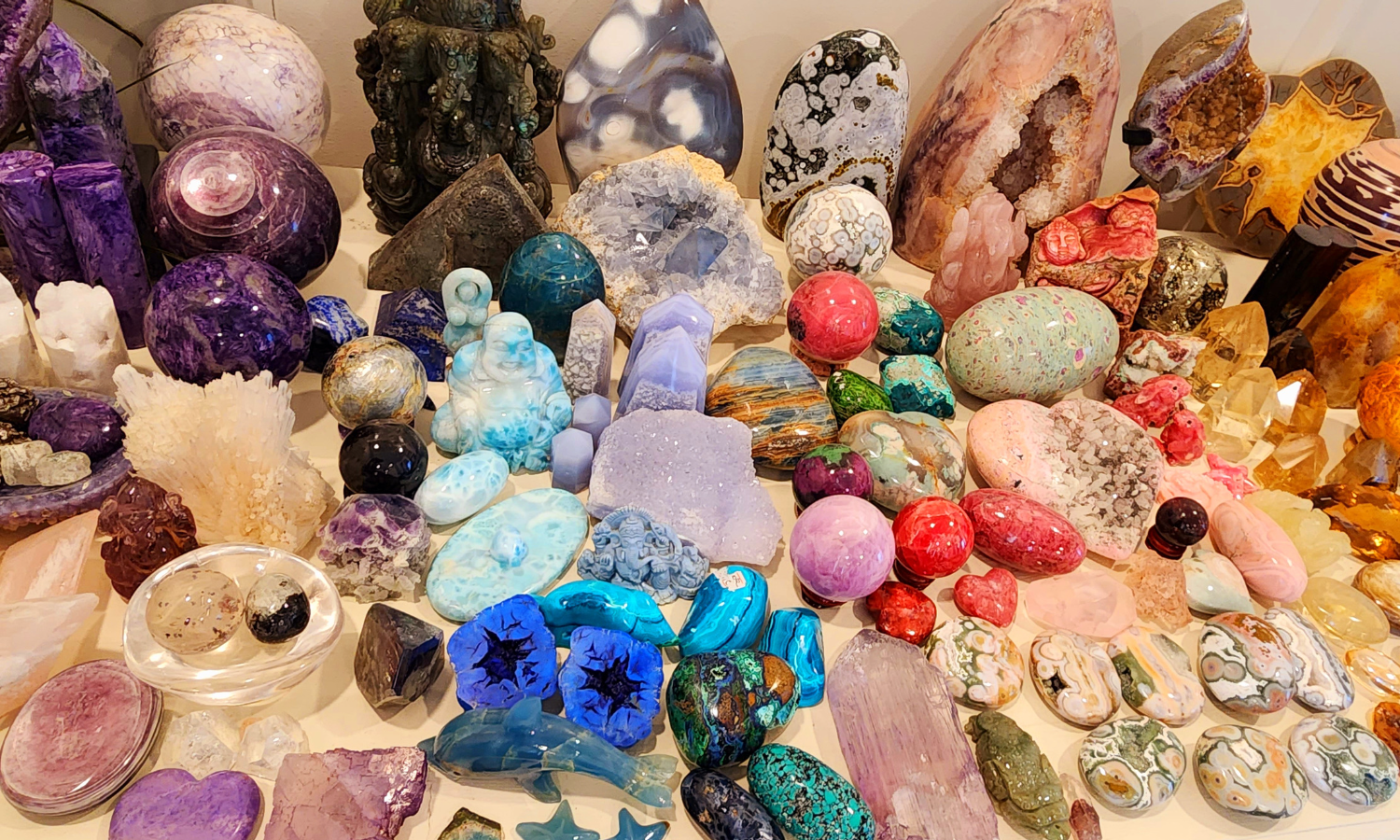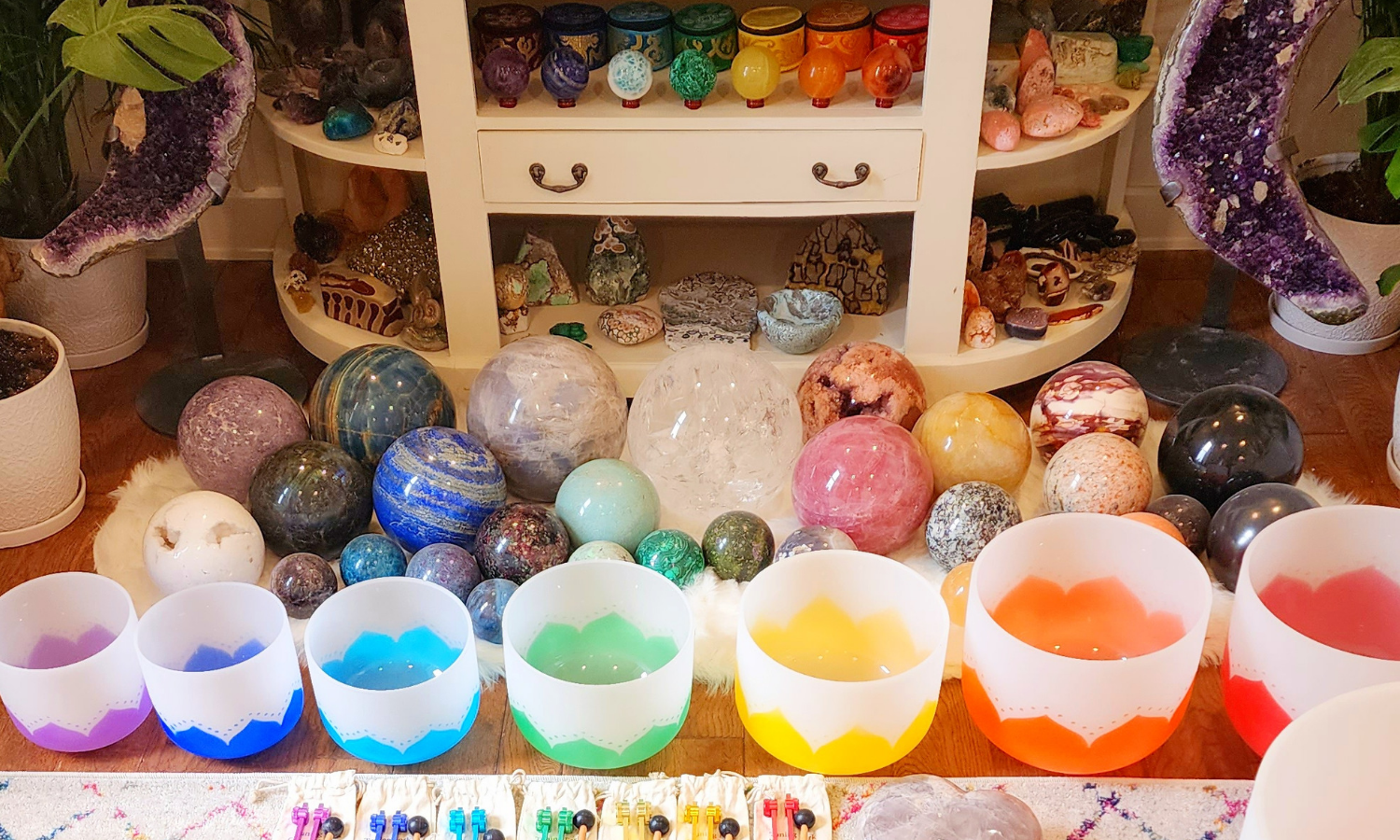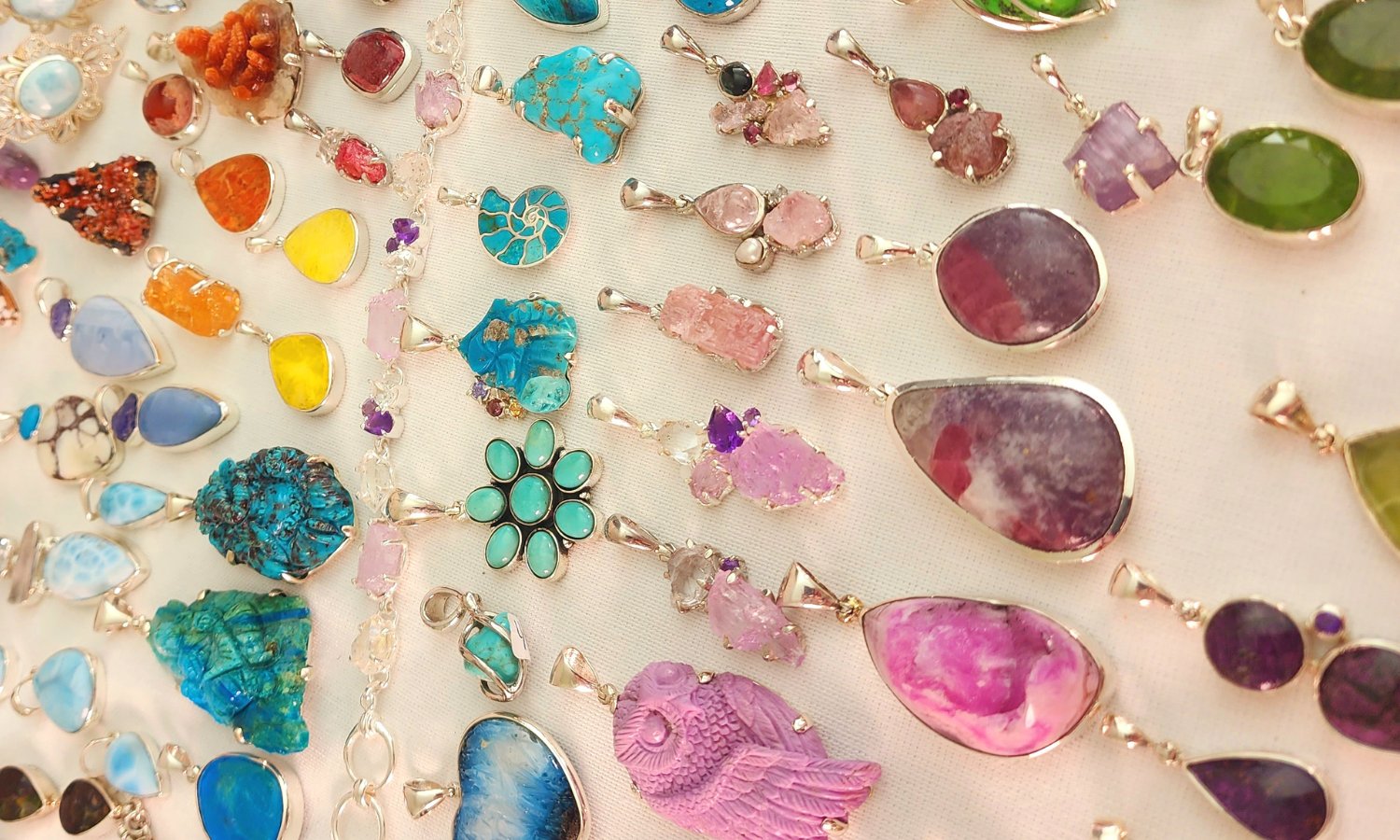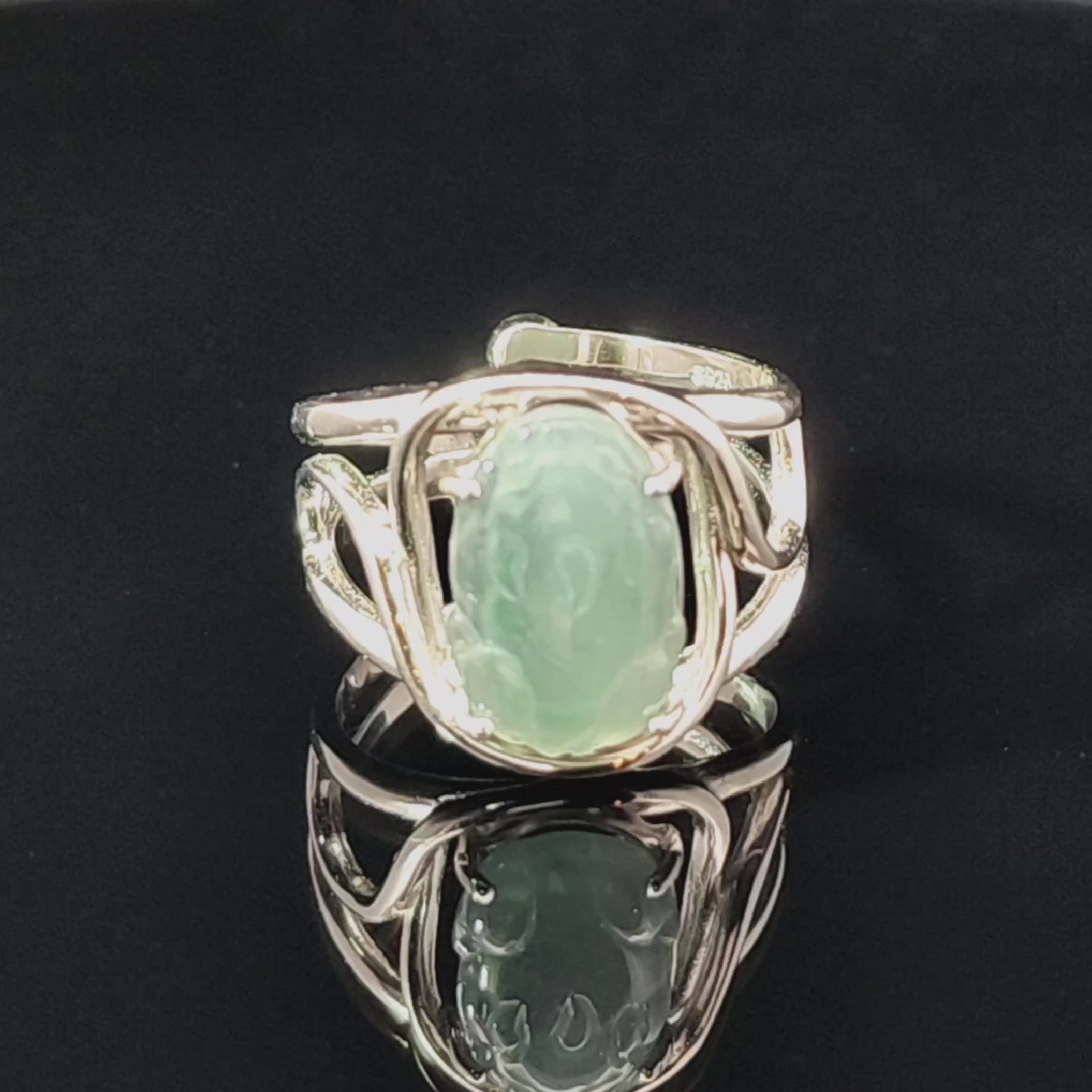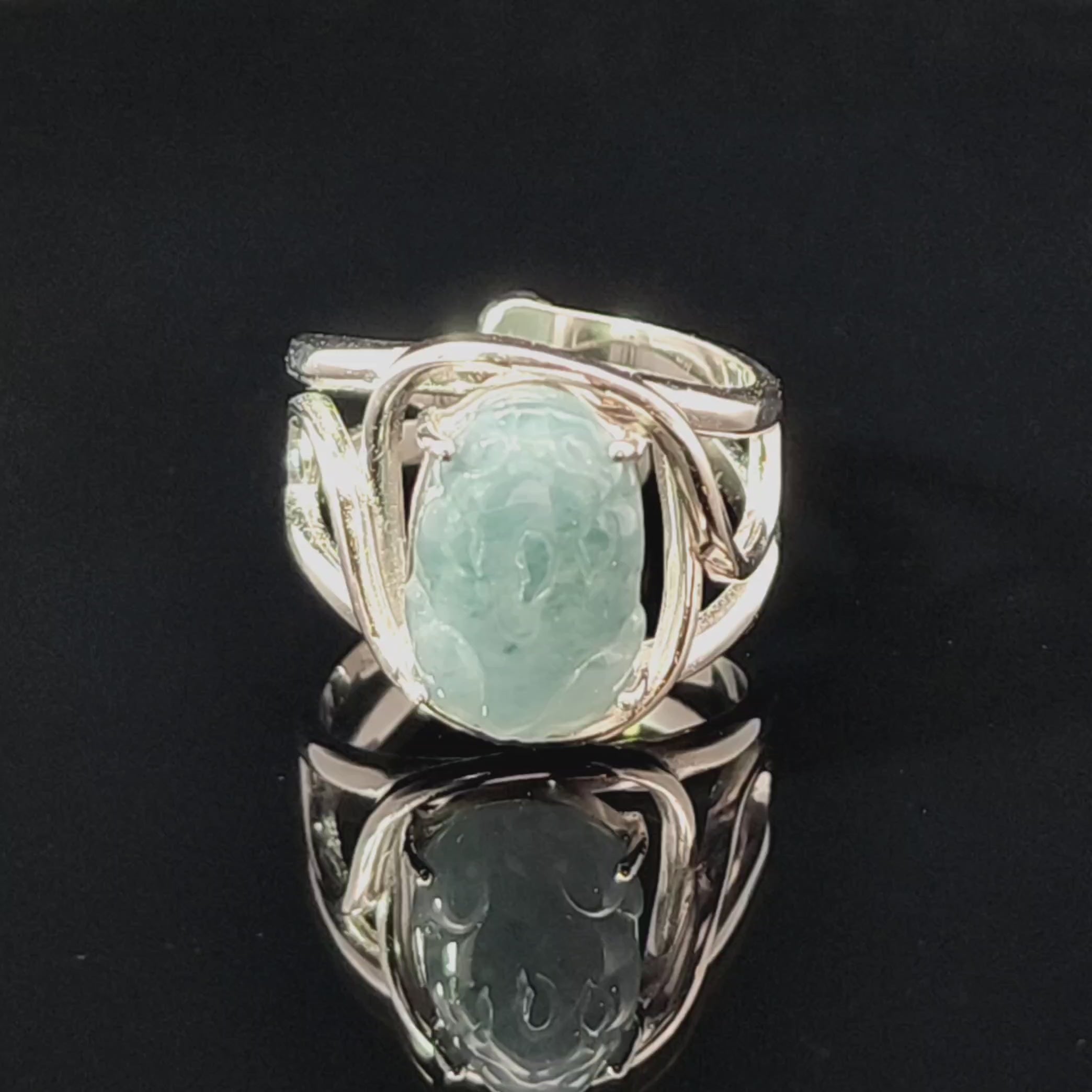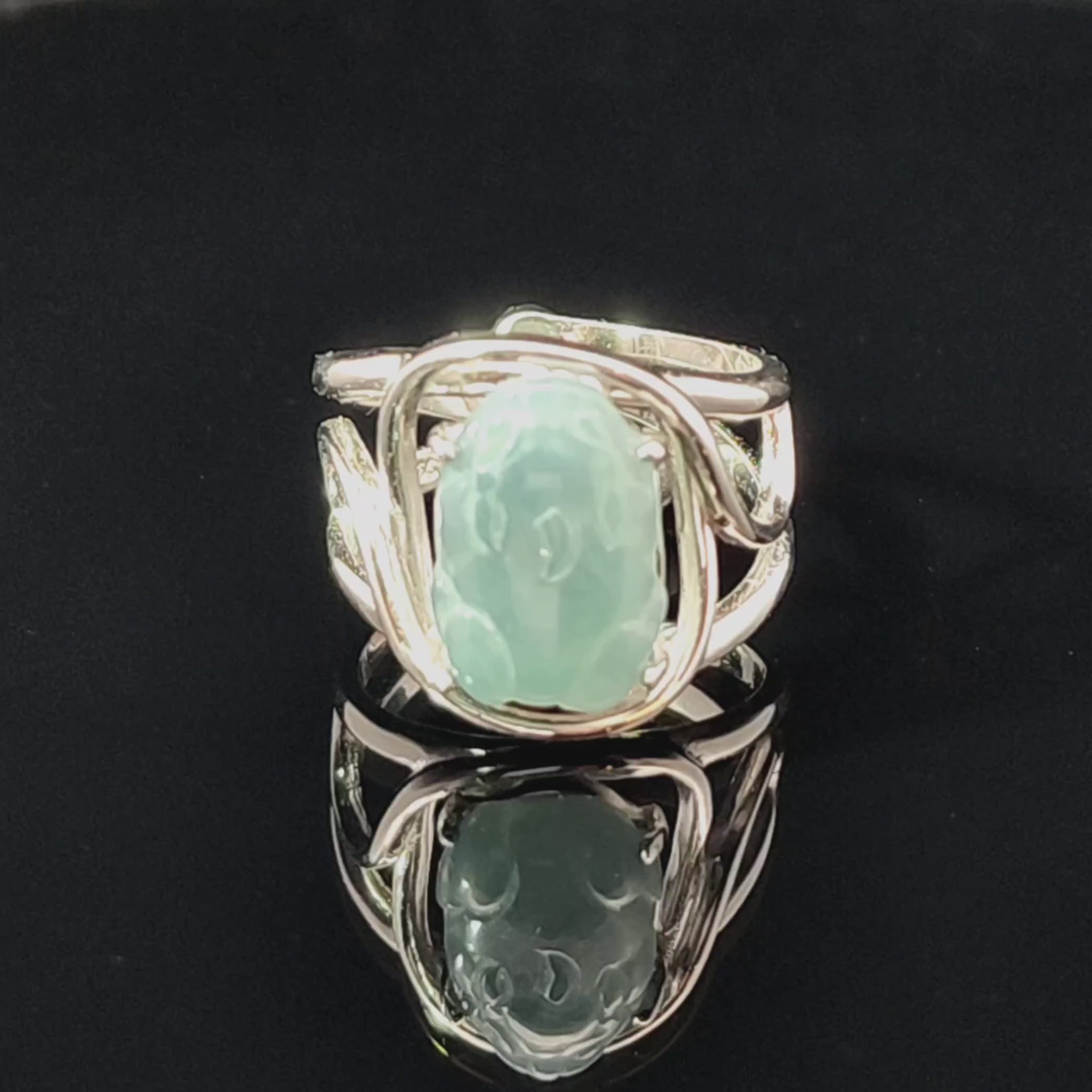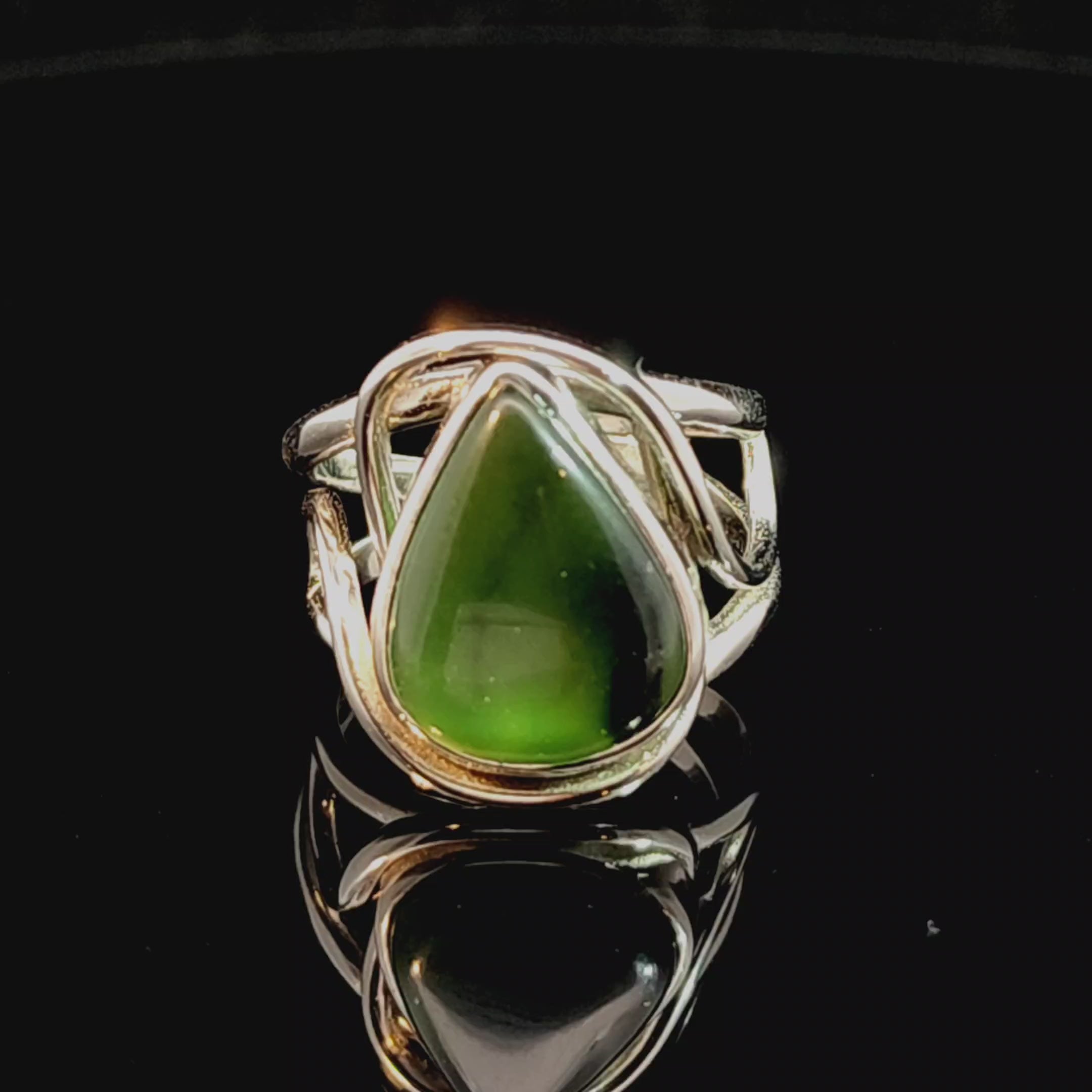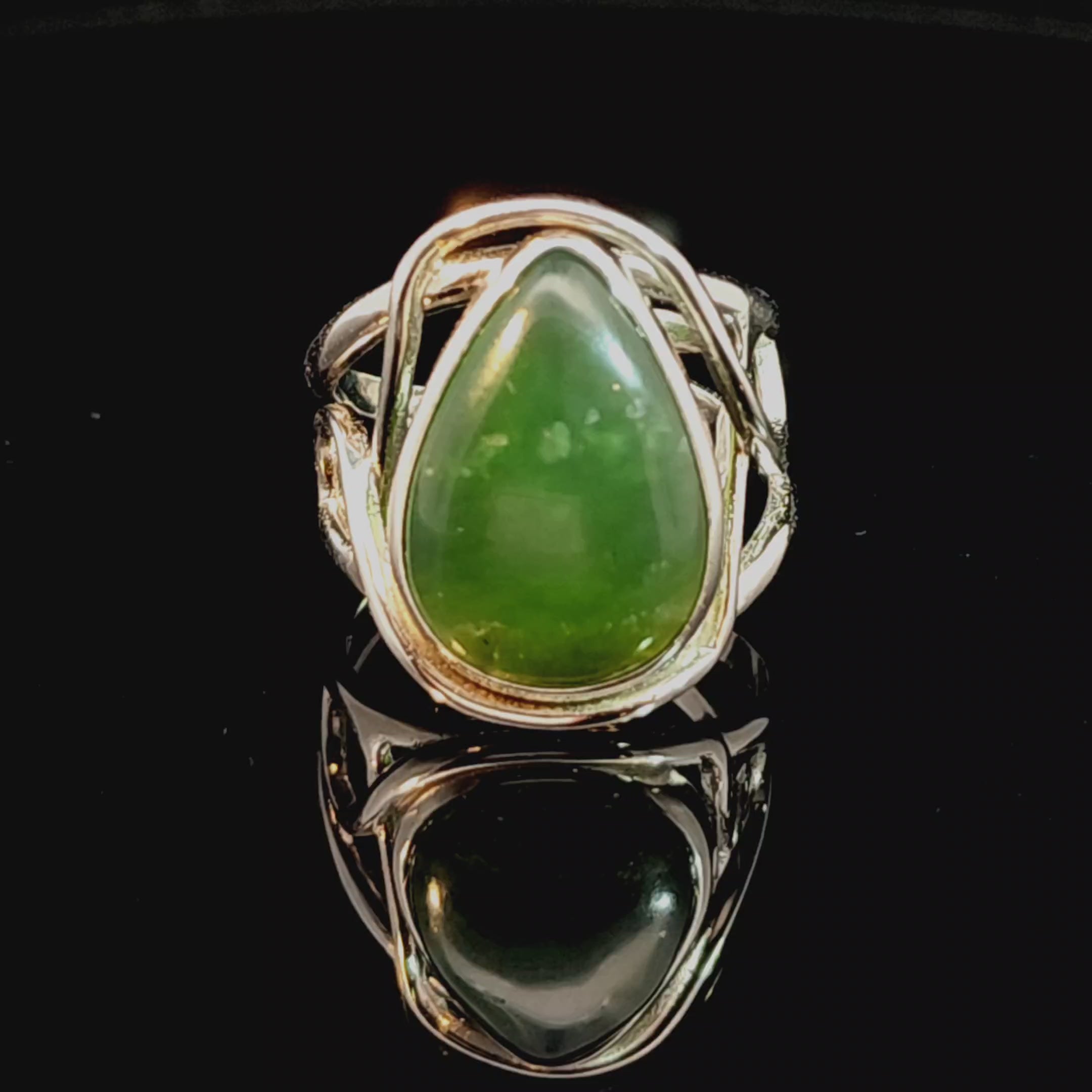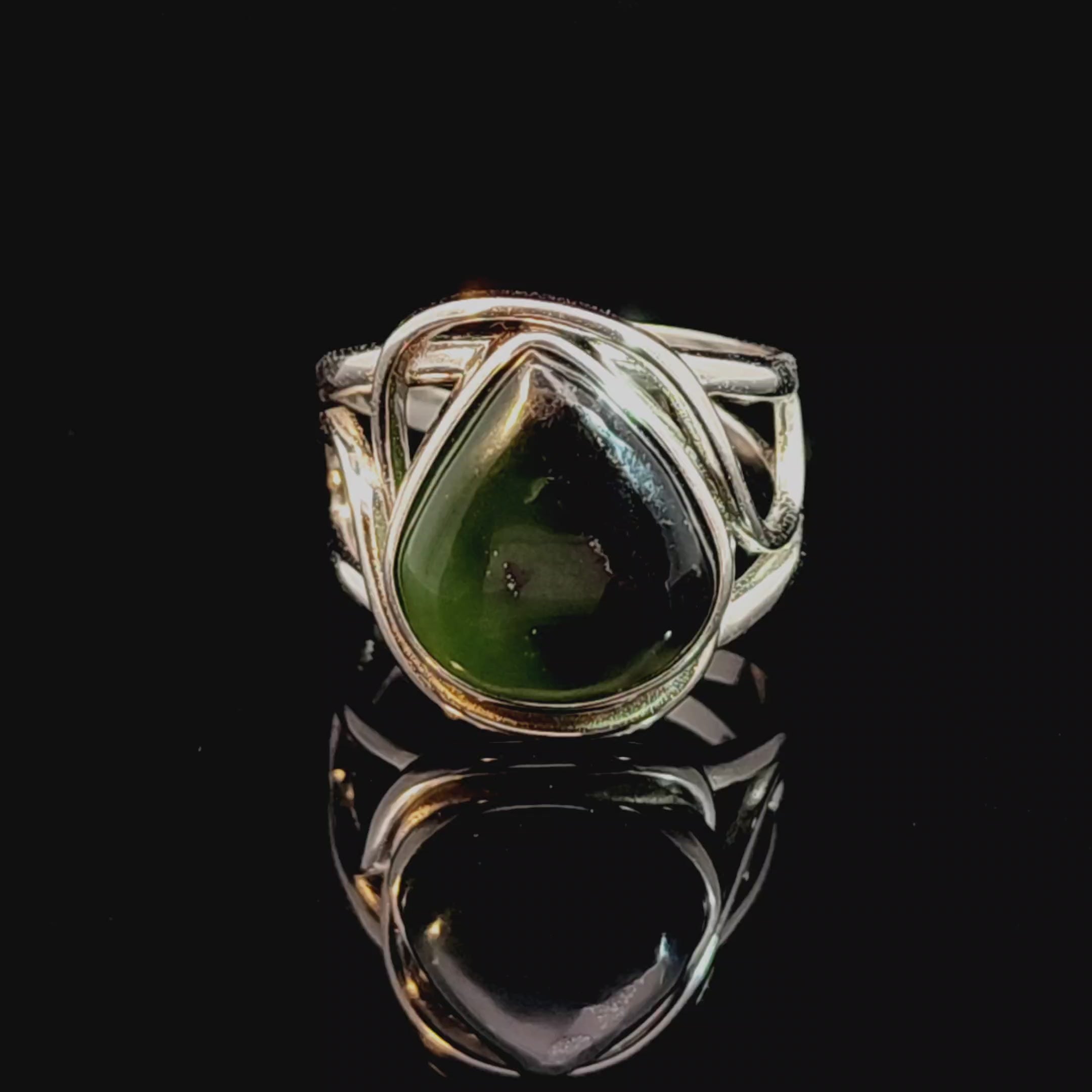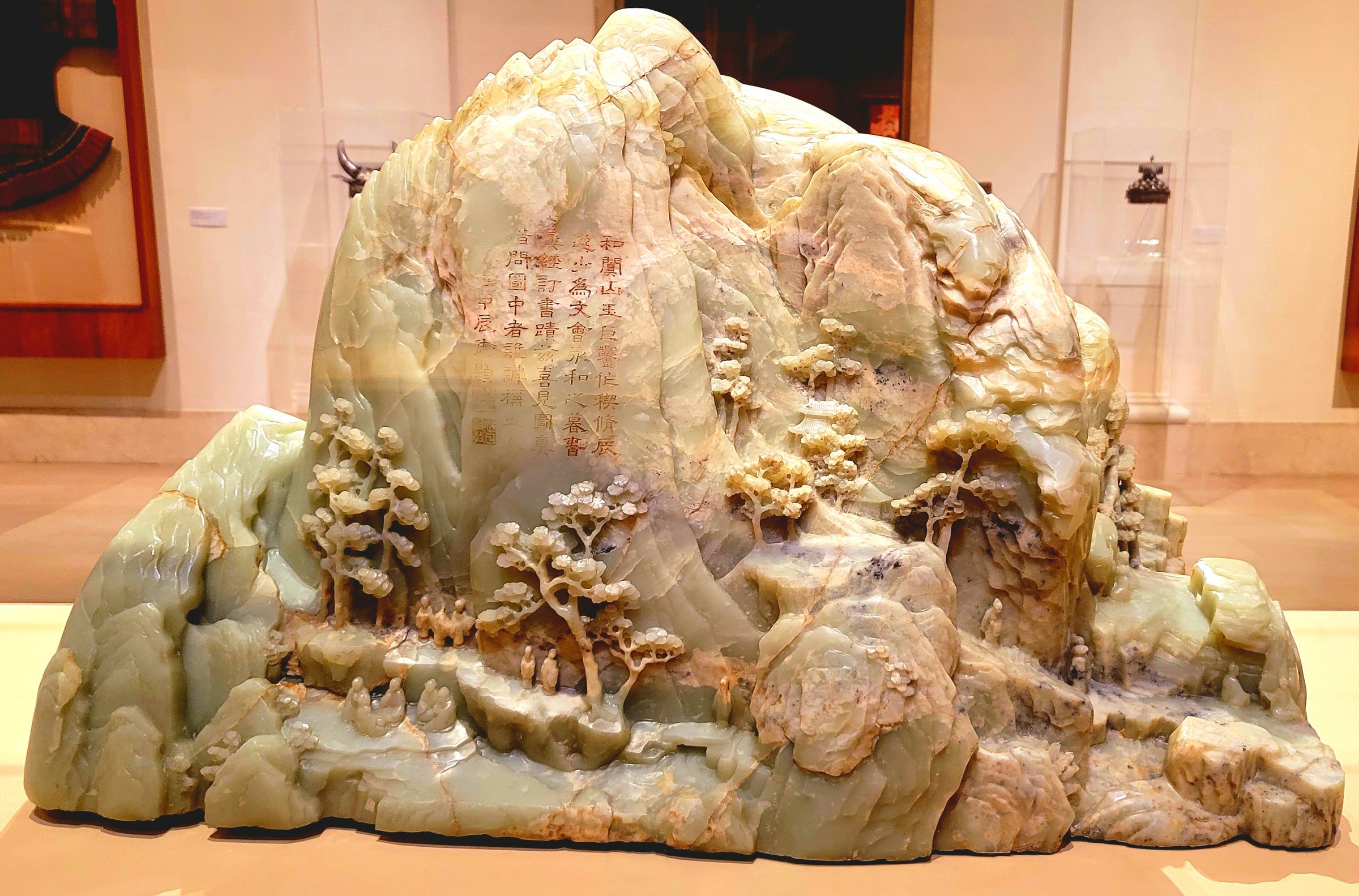
Jade
Jade has been prized for thousands of years for its beauty and healing properties with much history in China and Latin America. Since the Stone Age, Jade has been carved into weapons, tools, ornaments, and ritual objects for power and protection. Jade has been highly valued in Chinese culture for over 3,000 years. It was used in ceremonial objects, jewelry, and artifacts, symbolizing purity, status, and power. The term "Imperial Jade" refers to the highest quality Jadeite, often used in royal and ceremonial items. In pre-Columbian Mesoamerican societies, Jade was highly valued and used in rituals, masks, and other significant artifacts. It was believed to have protective and spiritual qualities. In New Zealand, nephrite Jade, known as pounamu, has been used by Māori people for centuries in tools, weapons, and ornaments. It holds significant cultural and spiritual value.
The term "Jade" is derived from the Spanish word "piedra de ijada," which translates to "loin stone." This name reflects the ancient belief that Jade could cure ailments related to the kidneys and loins. The name encompasses both Jadeite and Nephrite, though they are distinct minerals. It wasn't until 1863, a French minerologist, Alexis Damour, discovered that the material known as "Jade" could be divided into two different minerals: Jadeite and Nephrite. Both are metamorphic rocks made up of tiny interlocking mineral crystals. Jadeite is an aluminum-rich pyroxene mineral and Nephrite is a magnesium-rich amphibole mineral known as Tremolite. Today, gemologists use the word “Jade” as a general term for both nephrite and jadeite. Jadeite can range from opaque to semi-transparent and Nephrite can range from opaque to translucent; its colors tend to be more muted.
Jadeite is rarer than nephrite and is often considered more valuable due to its limited deposits and exceptional color. High-quality jadeite, particularly the vibrant green "imperial jade," is highly sought after and commands high prices. Nephrite Jade is more abundant and found in larger quantities compared to Jadeite. While it is less valuable per carat than Jadeite, it is still highly prized, especially in regions where it is a traditional material for carvings and jewelry.
Metaphysically, Nephrite and Jadeite hold the same healing energy as their chemical properties are very similar. It is only in recent history, we have discovered their scientific difference.
Jade helps you connect with Mother Earth for deep healing. It helps you open up to new ideas to create the life you want to live. All colors of Jade are believed to carry a lucky and protective energy.
